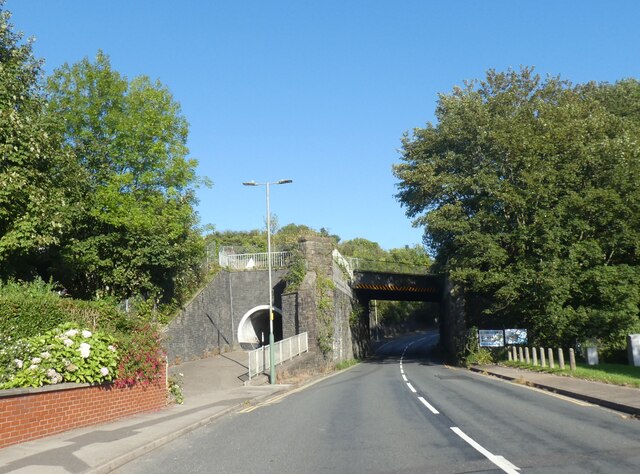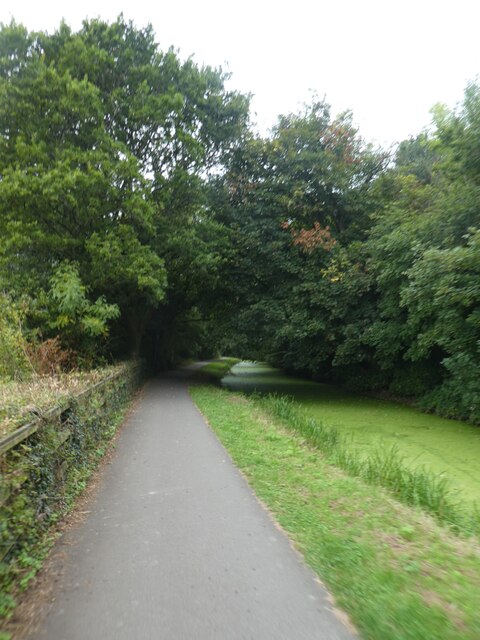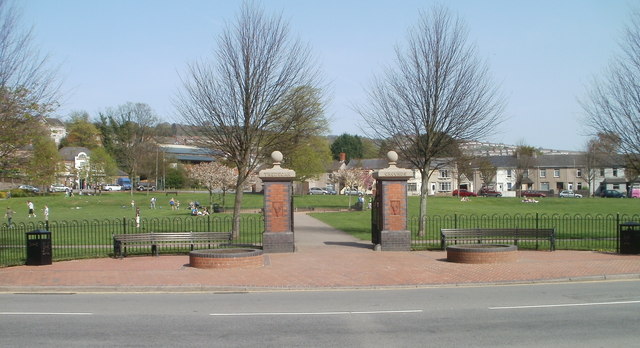Coed y Cwrt
Wood, Forest in Monmouthshire
Wales
Coed y Cwrt

Coed y Cwrt is a beautiful wood located in Monmouthshire, Wales. Covering an area of approximately 180 acres, this forest is a popular destination for nature lovers and outdoor enthusiasts. The wood is home to a variety of native tree species, including oak, beech, and birch, as well as a diverse range of wildlife such as deer, birds, and insects.
Visitors to Coed y Cwrt can enjoy a network of well-marked walking trails that wind through the forest, providing opportunities to explore its tranquil surroundings and appreciate the natural beauty of the area. The wood also features a picnic area, making it a great spot for a leisurely outdoor lunch.
Coed y Cwrt is managed by the Forestry Commission, which works to preserve and protect the woodland for future generations to enjoy. The forest plays an important role in providing habitat for wildlife, as well as contributing to the local ecosystem and helping to maintain biodiversity in the area.
Overall, Coed y Cwrt is a peaceful and scenic woodland that offers a relaxing escape from the hustle and bustle of everyday life.
If you have any feedback on the listing, please let us know in the comments section below.
Coed y Cwrt Images
Images are sourced within 2km of 51.619084/-3.0782561 or Grid Reference ST2591. Thanks to Geograph Open Source API. All images are credited.



Coed y Cwrt is located at Grid Ref: ST2591 (Lat: 51.619084, Lng: -3.0782561)
Unitary Authority: Torfaen
Police Authority: Gwent
What 3 Words
///ramble.ambushed.explain. Near Risca, Caerphilly
Nearby Locations
Related Wikis
Risca
Risca (Welsh: Rhisga) is a town in the Caerphilly County Borough and the historic boundaries of Monmouthshire in south-east Wales. Risca has a railway...
Risca Community Comprehensive School
Risca Community Comprehensive School is a community comprehensive school located in the town of Risca near Newport on the eastern side of the Caerphilly...
Twmbarlwm
Twmbarlwm, also known as Twm Barlwm, Twyn Barlwm or locally known as "the Twmp" (translation: hump), the Nipple or the Pimple because of the mound that...
Risca and Pontymister railway station
Risca and Pontymister railway station (Welsh: Rhisga a Phont-y-meistr) is a station on the Ebbw Valley Railway in south-east Wales. It serves the village...
Nearby Amenities
Located within 500m of 51.619084,-3.0782561Have you been to Coed y Cwrt?
Leave your review of Coed y Cwrt below (or comments, questions and feedback).

















